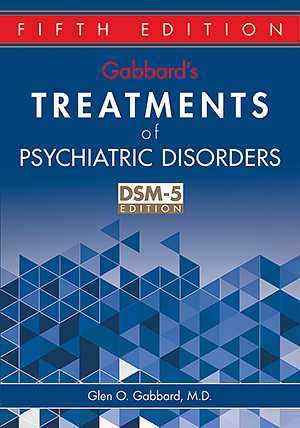Chapter 28.Acute Stress Disorder
Sections
Excerpt
Acute stress disorder (ASD) was introduced in the fourth edition of the Diagnostic and Statistical Manual of Mental Disorders, DSM-IV (American Psychiatric Association 1994). The purpose of this diagnosis was to describe severe posttraumatic stress responses within the first month following a trauma and also to identify individuals at risk of developing chronic posttraumatic stress disorder (PTSD) following exposure to a traumatic event (Koopman et al. 1995). The need to have a separate diagnosis describing initial PTSD was recognized because one cannot formally diagnose PTSD within a month of trauma exposure. There was concern that severe stress reactions were not being adequately addressed because they were not diagnosed. Accordingly, the diagnosis was introduced with criteria that largely resembled PTSD criteria, with the exception that considerable emphasis was placed on dissociative symptoms as an additional cluster (Harvey and Bryant 2002). The introduction of this new diagnosis led to an unprecedented level of research on early interventions for PTSD reactions occurring in the initial weeks following trauma exposure. In this chapter I provide an overview of the current evidence for treating ASD and potential changes to understanding this evidence in light of marked changes to the diagnostic criteria in DSM-5 (American Psychiatric Association 2013).
Access content
To read the fulltext, please use one of the options below to sign in or purchase access.- Personal login
- Institutional Login
- Sign in via OpenAthens
- Register for access
-
Please login/register if you wish to pair your device and check access availability.
Not a subscriber?
PsychiatryOnline subscription options offer access to the DSM-5 library, books, journals, CME, and patient resources. This all-in-one virtual library provides psychiatrists and mental health professionals with key resources for diagnosis, treatment, research, and professional development.
Need more help? PsychiatryOnline Customer Service may be reached by emailing [email protected] or by calling 800-368-5777 (in the U.S.) or 703-907-7322 (outside the U.S.).



